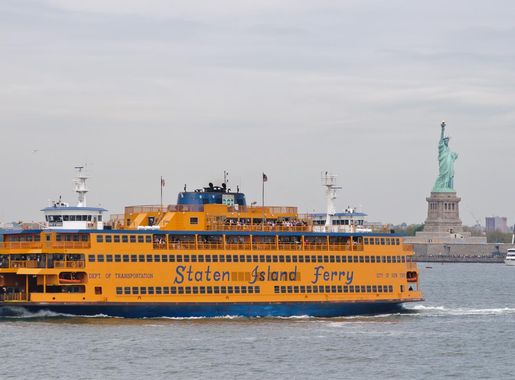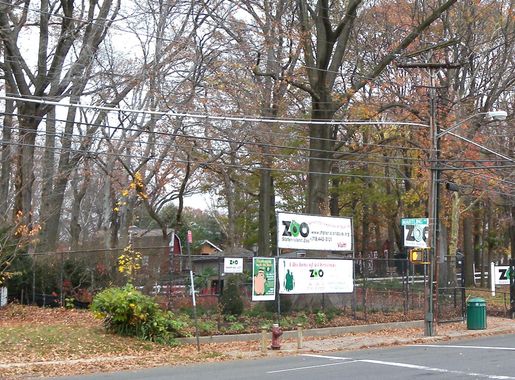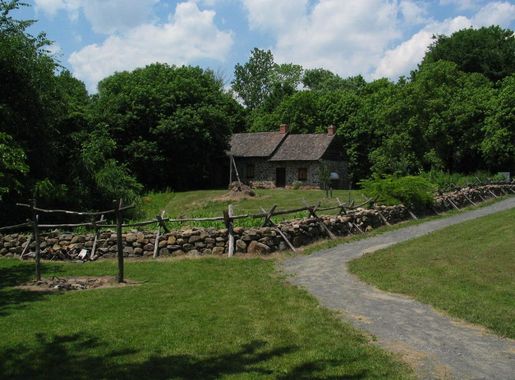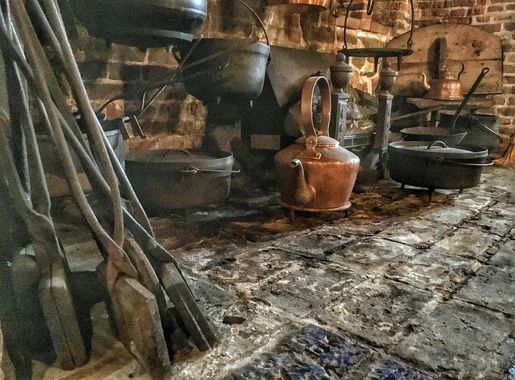
Discovering Staten Island: New York City's Serene Escape
Explore Staten Island: New York City's hidden gem with stunning waterfronts, lush parks, and rich history. A serene escape offering iconic views and cultural experiences.
Staten Island, one of New York City's five boroughs, offers a tranquil reprieve from the bustling energy of Manhattan. Known for its lush green spaces, historic landmarks, and stunning waterfront views, Staten Island is an inviting destination for tourists seeking a different side of the city. The free Staten Island Ferry ride from Lower Manhattan to the island provides breathtaking views of the Statue of Liberty, Ellis Island, and the New York Harbor, making the journey itself an iconic experience. Once on the island, visitors can explore the Staten Island Greenbelt, a vast network of parks and natural areas perfect for hiking, bird-watching, and picnicking. History enthusiasts will appreciate the Snug Harbor Cultural Center and Botanical Garden, a converted 19th-century sailor's retirement home that now houses museums, galleries, and beautiful gardens. The historic Richmond Town is another must-visit, offering a glimpse into colonial life with its preserved buildings and interactive exhibits. For a taste of local culture, the Staten Island Museum and the Alice Austen House showcase the island's rich heritage and artistic talent. Food lovers can indulge in a diverse culinary scene, from fresh seafood at waterfront restaurants to authentic Italian cuisine in the charming neighborhoods. With its unique blend of natural beauty, history, and culture, Staten Island promises an enriching and relaxing getaway within New York City.
Local tips in Staten Island
- Take the free Staten Island Ferry for stunning views of the Statue of Liberty and the Manhattan skyline.
- Visit Snug Harbor Cultural Center and Botanical Garden for a mix of art, history, and nature.
- Explore the Staten Island Greenbelt for outdoor activities like hiking and bird-watching.
- Don't miss Historic Richmond Town to experience colonial-era architecture and history.
- Try the local eateries for a taste of Staten Island's diverse culinary offerings, especially the Italian restaurants.
Discovering Staten Island: New York City's Serene Escape
Staten Island, one of New York City's five boroughs, offers a tranquil reprieve from the bustling energy of Manhattan. Known for its lush green spaces, historic landmarks, and stunning waterfront views, Staten Island is an inviting destination for tourists seeking a different side of the city. The free Staten Island Ferry ride from Lower Manhattan to the island provides breathtaking views of the Statue of Liberty, Ellis Island, and the New York Harbor, making the journey itself an iconic experience. Once on the island, visitors can explore the Staten Island Greenbelt, a vast network of parks and natural areas perfect for hiking, bird-watching, and picnicking. History enthusiasts will appreciate the Snug Harbor Cultural Center and Botanical Garden, a converted 19th-century sailor's retirement home that now houses museums, galleries, and beautiful gardens. The historic Richmond Town is another must-visit, offering a glimpse into colonial life with its preserved buildings and interactive exhibits. For a taste of local culture, the Staten Island Museum and the Alice Austen House showcase the island's rich heritage and artistic talent. Food lovers can indulge in a diverse culinary scene, from fresh seafood at waterfront restaurants to authentic Italian cuisine in the charming neighborhoods. With its unique blend of natural beauty, history, and culture, Staten Island promises an enriching and relaxing getaway within New York City.
Iconic landmarks you can’t miss
Historic Richmond Town
Explore the charm of Historic Richmond Town, a living history village showcasing Staten Island's rich heritage through its preserved buildings and engaging exhibits.
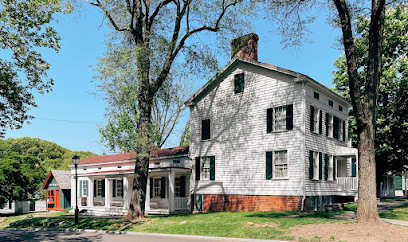
The Staten Island September 11th Memorial
Explore the Staten Island September 11th Memorial, a serene tribute honoring lives lost on September 11, 2001, fostering remembrance and resilience.
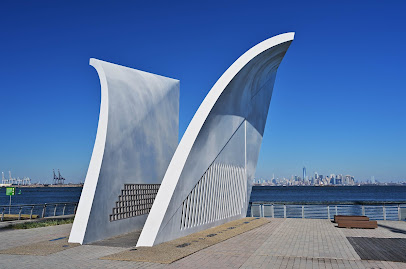
Alice Austen House
Explore the artistic legacy of Alice Austen at her historic home, a serene museum where photography and history beautifully intertwine.
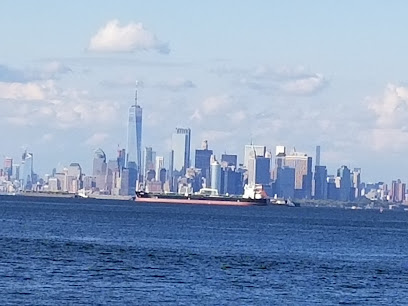
New York City Farm Colony
Discover the rich history and serene beauty of the New York City Farm Colony, a hidden gem in Staten Island that narrates the story of community and agriculture.

Seguine Mansion
Explore the historic Seguine Mansion in Staten Island, a stunning museum showcasing 19th-century architecture and rich cultural heritage.
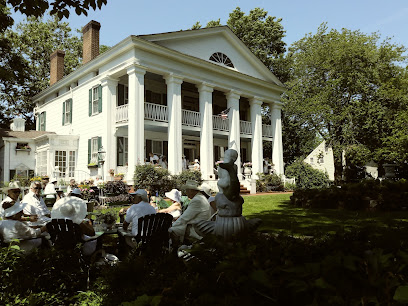
Sandy Ground Historical Society Inc.
Explore the rich history of the African American community at Sandy Ground Historical Society Inc. on Staten Island, a unique cultural and educational museum.

Billiou-Stillwell-Perine House
Discover the Billiou-Stillwell-Perine House, a historical gem in Staten Island that reveals the architectural and cultural legacy of colonial New York.
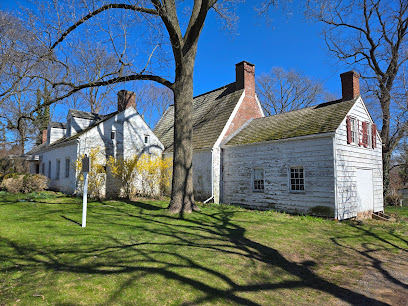
Western most point of New York City
Experience breathtaking views and rich history at the Western Most Point of New York City, a serene escape in Staten Island's natural beauty.

Saint George - New Brighton Historic District
Discover the historical charm of Saint George - New Brighton Historic District, a vibrant community rich in culture and stunning waterfront views.

Oldest House On Staten Island
Discover the Oldest House on Staten Island, a historical landmark that offers a glimpse into early American life and architecture.

Unmissable attractions to see
Snug Harbor Cultural Center & Botanical Garden
Experience the beauty and culture of Snug Harbor Cultural Center & Botanical Garden, a perfect blend of nature and history in Staten Island.
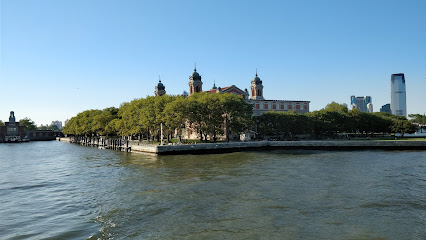
Staten Island Zoo
Explore the Staten Island Zoo, a wildlife haven offering engaging exhibits and educational programs for animal lovers of all ages.
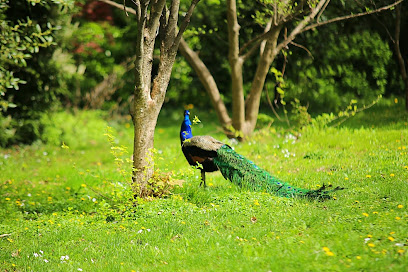
Great Kills Park
Explore Great Kills Park on Staten Island: A haven for nature lovers, offering scenic views, diverse wildlife, and a perfect escape into the great outdoors.
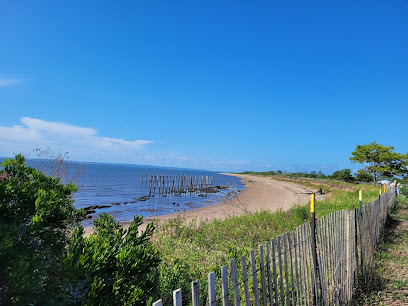
Franklin D. Roosevelt Boardwalk and Beach
Discover the beauty of Staten Island at Franklin D. Roosevelt Boardwalk and Beach, a perfect spot for relaxation, recreation, and breathtaking views of the coastline.
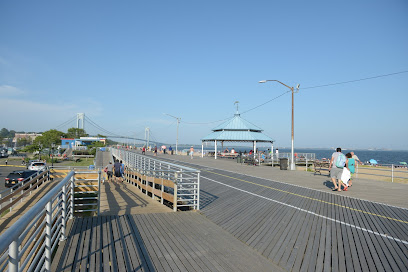
National Lighthouse Museum
Discover maritime history at the National Lighthouse Museum on Staten Island, showcasing the legacy and engineering of iconic lighthouses.
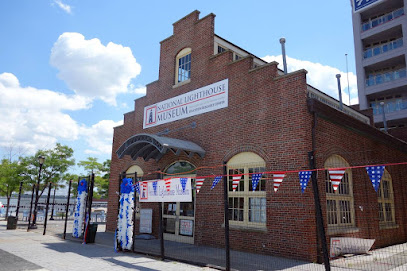
High Rock Park
Explore the breathtaking landscapes and serene trails of High Rock Park, Staten Island's natural oasis for outdoor enthusiasts.
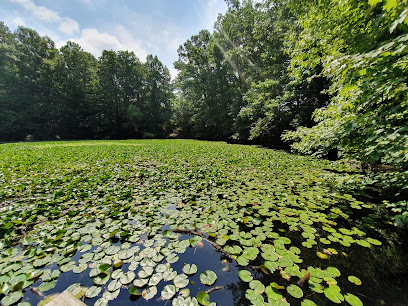
Staten Island Museum
Explore the Staten Island Museum, a cultural gem showcasing art, history, and nature in an engaging environment for all ages.
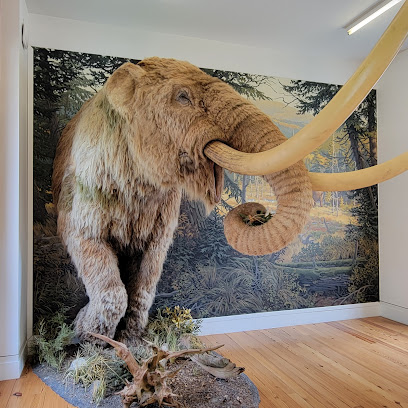
Staten Island Boat Graveyard
Explore the eerie charm and haunting beauty of the Staten Island Boat Graveyard, a unique maritime history attraction along Arthur Kill.

Southernmost Point of New York
Discover the serene beauty of the Southernmost Point of New York, a tranquil landmark in Staten Island perfect for relaxation and stunning views.
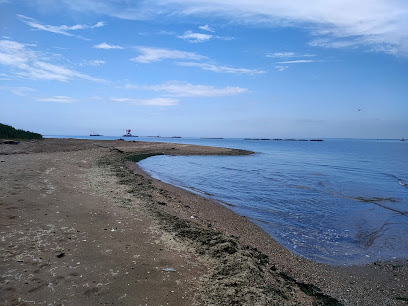
Western most point of New York City
Explore the serene beauty of the Western Most Point of New York City on Staten Island, a tranquil escape with stunning waterfront views and natural landscapes.

Essential places to dine
Blue
Discover the culinary delights of Blue Restaurant in Staten Island – where classic American cuisine meets modern flair.
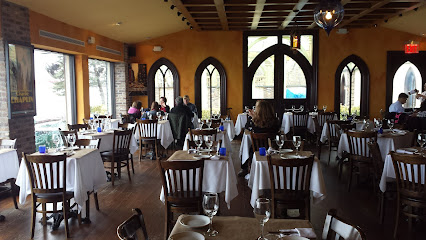
Marina Cafe Restaurant & Tiki Bar
Experience exquisite seafood and vibrant tiki bar vibes at Staten Island's premier dining destination - Marina Cafe Restaurant & Tiki Bar.
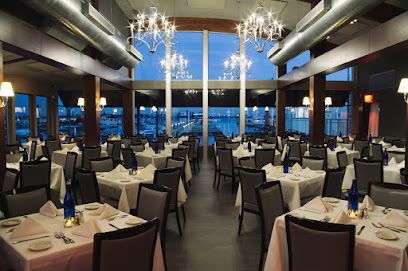
The Stone House at Clove Lakes
Discover fine dining excellence at The Stone House at Clove Lakes - where exquisite American cuisine meets stunning park views.
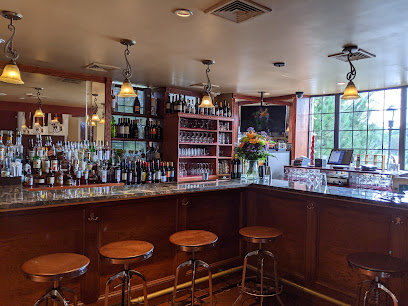
Angelina's Restaurant
Savor authentic Italian flavors at Angelina's Restaurant in Staten Island - where culinary excellence meets warm hospitality.
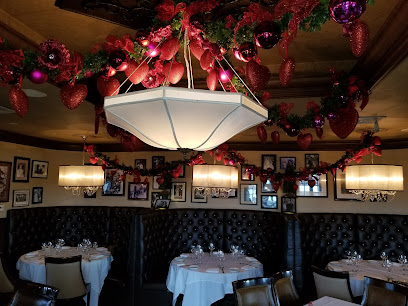
Violette's NYC
Experience the finest of American cuisine at Violette's NYC in Staten Island—where every dish tells a story.
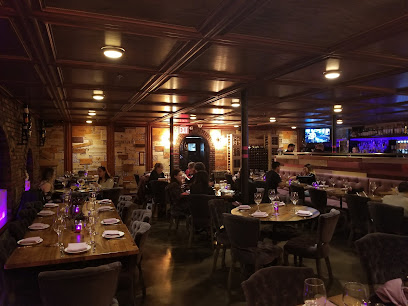
Cole's Dock Side
Experience fresh seafood delights at Cole's Dock Side in Staten Island – where every meal is a taste of coastal perfection.
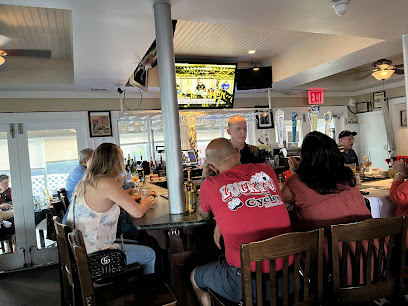
Villa Paradiso Ristorante Italiano
Indulge in authentic Italian flavors at Villa Paradiso Ristorante Italiano – where every meal feels like a celebration.
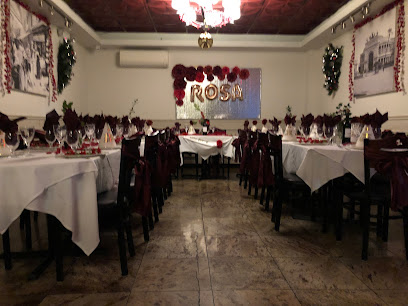
Lorenzo’s Restaurant, Bar & Cabaret
Savor exquisite Italian dishes and vibrant cabaret performances at Lorenzo’s Restaurant on Staten Island – where dining meets entertainment.

Chinar On The Island
Experience the fusion of Mediterranean and Russian cuisines at Chinar On The Island - where every dish tells a story.
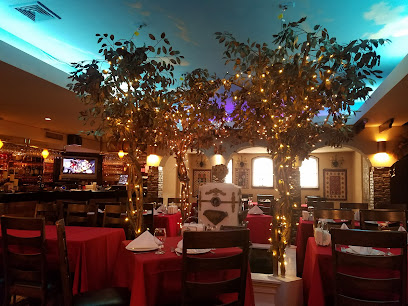
Fiore Di Mare
Discover the essence of Italy at Fiore Di Mare in Staten Island—where authentic flavors meet warm hospitality in a charming atmosphere.
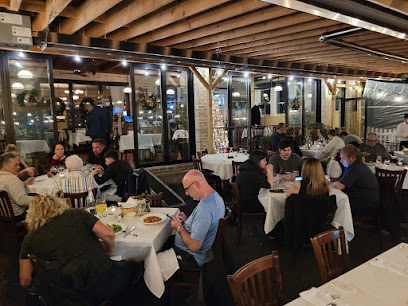
Markets, malls and hidden boutiques
Repeat Boutique
Discover unique treasures at Repeat Boutique, Staten Island's premier thrift store for vintage clothing, home goods, and children's toys.

LuBella Boutique Staten Island
Discover unique fashion pieces at LuBella Boutique Staten Island, where style meets affordability in a charming shopping experience.

Country Mouse Boutique
Discover unique treasures and personalized service at Country Mouse Boutique in Staten Island, a charming destination for fashion and decor enthusiasts.

Gifted
Explore Gifted in Staten Island for unique souvenirs and local artwork that capture the spirit of your travel experience.
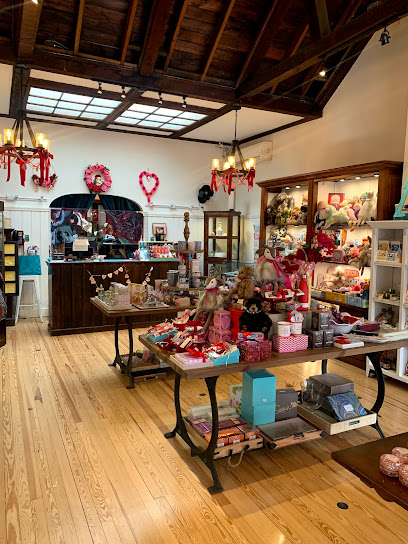
Sanctuary Boutique Inc
Discover unique fashion and gifts at Sanctuary Boutique Inc, a charming boutique in Staten Island, offering a delightful shopping experience.

Objects of Interest
Explore Staten Island's Antique Store for a unique selection of vintage treasures and collectibles that capture the charm of the past.
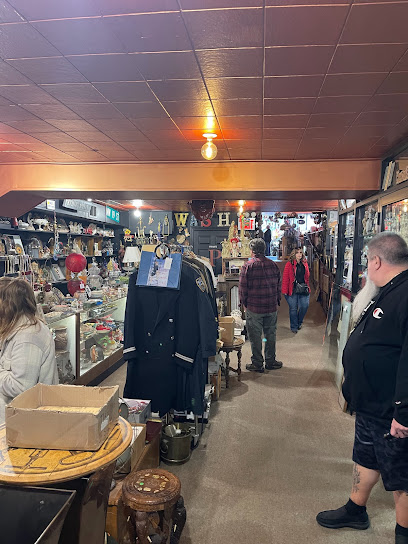
Native Crafts
Discover unique handcrafted souvenirs at Native Crafts, Staten Island's gem for local artistry and cultural treasures.

Every Thing Goes Gallery
Explore the eclectic charm of Every Thing Goes Gallery in Staten Island, where unique collectibles and local art come together.
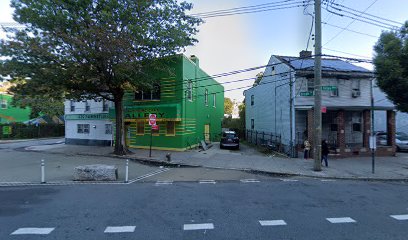
Lifestyles Unique Gifts
Discover unique fashion treasures at Lifestyles Unique Gifts in Staten Island, where quality meets creativity in every stylish piece.

iwarelove boutique
iwarelove Boutique in Staten Island: A Fashion Haven for Unique Styles and Accessories.

Essential bars & hidden hideouts
The Hop Shoppe
Discover the vibrant flavors and lively atmosphere at The Hop Shoppe, Staten Island's premier gastropub offering American cuisine and live music.
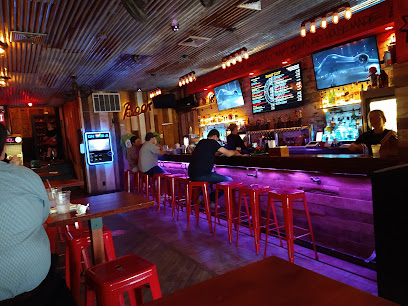
Steiny's Pub
Savor the taste of Staten Island at Steiny's Pub, where delicious grilled dishes and a cozy atmosphere await you.
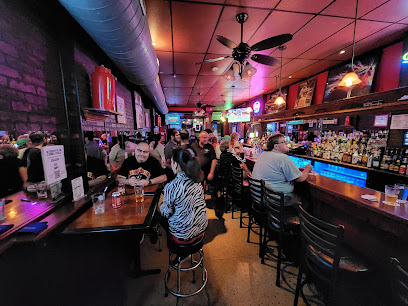
Mother Pug's Saloon
Experience the warmth and charm of Mother Pug's Saloon, a cozy bar in Staten Island with a great selection of drinks and friendly service.
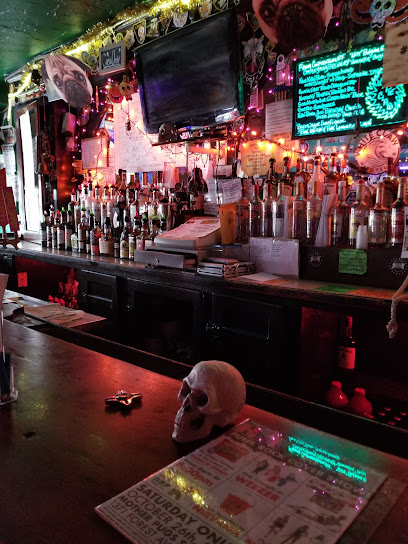
The Coupe
Discover The Coupe in Staten Island, where exquisite cocktails meet gourmet charcuterie and artisanal cheese for an unforgettable dining experience.
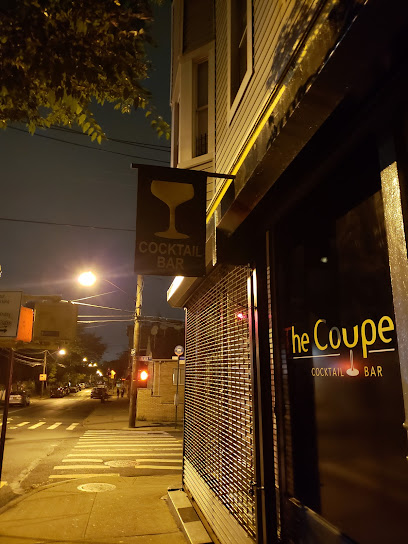
Unique Lounge & Billiards
Experience the perfect blend of relaxation and excitement at Unique Lounge & Billiards in Staten Island, where great drinks and billiards await.

Bay Street Tavern
Discover Staten Island's hidden gem at Bay Street Tavern, where delicious food, refreshing drinks, and a welcoming community await.
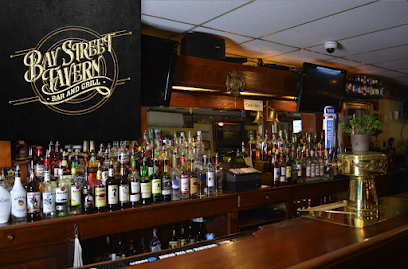
Curly Wolf Saloon
Discover the vibrant ambiance and creative cocktails at Curly Wolf Saloon, Staten Island's favorite bar for locals and tourists alike.
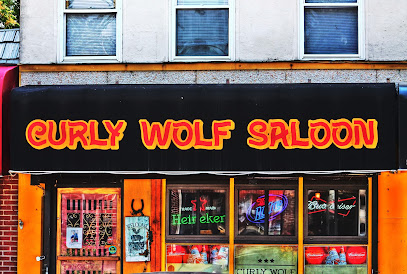
Grant City Tavern
Discover Grant City Tavern: A local gem in Midland Beach, Staten Island, offering a cozy atmosphere, refreshing drinks, and community vibes.

Funkey Monkey Lounge
Discover the vibrant nightlife of Staten Island at Funkey Monkey Lounge, where great drinks and unforgettable experiences await.
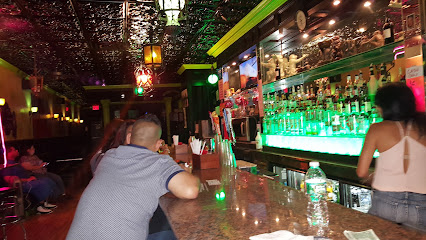
Buddy's Wonder Bar
Discover the lively charm of Buddy's Wonder Bar, a favorite local spot in Port Richmond, Staten Island, offering great drinks and a friendly atmosphere.

Local Phrases
-
- HelloHowdy
[haw-dee] - GoodbyeLater
[lay-ter] - YesYeah
[yeh] - NoNah
[nah] - Please/You're welcomePlease/No problem
[pleez/no prob-lem] - Thank youThanks
[thanks] - Excuse me/SorryPardon me/Sorry
[par-dun me/sor-ree] - How are you?How you doin'?
[how yoo doin'] - Fine. And you?Good. You?
[good. yoo?] - Do you speak English?Ya speak English?
[ya speak ing-glish?] - I don't understandI don't get it
[eye don't get it]
- HelloHowdy
-
- I'd like to see the menu, pleaseLemme see the menu, please
[lem-me see the menu, please] - I don't eat meatI don't eat meat
[eye don't eat meet] - Cheers!Salute!
[sa-lute!] - I would like to pay, pleaseI wanna pay, please
[eye wanna pay, please]
- I'd like to see the menu, pleaseLemme see the menu, please
-
- Help!Help!
[help!] - Go away!Get lost!
[get lost!] - Call the Police!Call the cops!
[call the cops!] - Call a doctor!Get a doc!
[get a doc!] - I'm lostI'm lost
[eye'm lost] - I'm illI'm sick
[eye'm sik]
- Help!Help!
-
- I'd like to buy...I wanna buy...
[eye wanna buy...] - I'm just lookingI'm just lookin'
[eye'm just lookin'] - How much is it?How much?
[how much?] - That's too expensiveThat's too much
[that's too much] - Can you lower the price?Can you do better?
[can you do bet-ter?]
- I'd like to buy...I wanna buy...
-
- What time is it?What time is it?
[what time is it?] - It's one o'clockIt's one
[it's one] - Half past (10)Half past ten
[half past ten] - MorningMornin'
[mornin'] - AfternoonAfternoon
[after-noon] - EveningEvenin'
[evenin'] - YesterdayYesterday
[yes-ter-day] - TodayToday
[to-day] - TomorrowTomorrow
[to-mor-row] - 1One
[wun] - 2Two
[too] - 3Three
[three] - 4Four
[four] - 5Five
[five] - 6Six
[six] - 7Seven
[seven] - 8Eight
[ate] - 9Nine
[nine] - 10Ten
[ten]
- What time is it?What time is it?
-
- Where's a/the...?Where's the...?
[where's the...?] - What's the address?What's the address?
[what's the address?] - Can you show me (on the map)?Can you show me (on the map)?
[can you show me (on the map)?] - When's the next (bus)?When's the next (bus)?
[when's the next (bus)?] - A ticket (to ....)A ticket (to ....)
[a ticket (to ....)]
- Where's a/the...?Where's the...?
History of Staten Island
-
Long before European settlers arrived, Staten Island was inhabited by the Lenape people, who thrived on the island’s rich natural resources. They established communities and trade networks, utilizing the waterways for fishing and transportation. The Lenape were known for their deep connection to the land and their sustainable practices, which shaped the early environmental landscape of Staten Island.
-
In the early 17th century, the island came under Dutch control and was named 'Staten Eylandt' after the States-General of the Netherlands. In 1664, the English seized control, and the island became part of the Province of New York. The English established several settlements, with agriculture and trade forming the backbone of the local economy. This period laid the foundation for Staten Island's future development.
-
Staten Island played a significant role during the American Revolutionary War. In 1776, the island was occupied by British troops, serving as a strategic base for operations against the Continental Army. The British established their headquarters in Richmond Town, and the island became a vital point for troop movements and supply lines. The war left a lasting impact on the local population and landscape.
-
The 19th century witnessed industrial growth on Staten Island, particularly with shipbuilding and manufacturing. The construction of the Staten Island Railroad in 1860 facilitated commerce and transportation, connecting the island more closely with Manhattan. This era also saw the establishment of immigrant communities, particularly from Germany and Italy, contributing to the island's cultural diversity.
-
In 1898, Staten Island was consolidated into the City of New York. This marked a significant shift in governance and development, as infrastructure improved, and the island began to see suburbanization. The opening of the Staten Island Ferry in 1905 further integrated the island with the rest of New York City, providing a vital transportation link and allowing for an influx of residents seeking a quieter lifestyle away from the bustling urban core.
-
In recent decades, Staten Island has focused on preserving its rich history and cultural heritage. Landmarks such as the Staten Island Museum and Historic Richmond Town serve to educate residents and visitors about the island's past. The cultural landscape remains vibrant, with festivals and events celebrating the diverse backgrounds of its inhabitants, reflecting the island's evolution from indigenous lands to a suburban enclave within New York City.
Staten Island Essentials
-
Staten Island is accessible from Manhattan via the Staten Island Ferry, which departs from the Whitehall Terminal in Lower Manhattan. The ferry ride is free and offers stunning views of the Statue of Liberty and the Manhattan skyline. Additionally, you can reach Staten Island by car via the Verrazzano-Narrows Bridge from Brooklyn, or by taking the bus from various locations in New Jersey.
-
Staten Island is served by the Staten Island Railway (SIR), which connects the northern and southern parts of the island. Local buses operate extensively, providing access to various neighborhoods and attractions. Bicycles are also a popular mode of transport, with several bike lanes available. Taxis and rideshare services like Uber are widely used for convenience.
-
Staten Island is generally safe for tourists, but like any urban area, it's important to stay vigilant. Areas such as parts of the North Shore have reported higher crime rates, particularly related to theft and vandalism. Avoid displaying valuables and be cautious when exploring less populated areas, especially at night.
-
In the case of an emergency, dial 911 for police, fire, or medical assistance. Staten Island has several hospitals, including Staten Island University Hospital. Familiarize yourself with the closest hospital to your location. It's also advisable to have travel insurance to cover any unexpected medical needs.
-
Fashion: Do wear comfortable clothing suitable for walking and outdoor activities. Don't wear overly formal attire unless attending a special event. Religion: Do respect local customs if visiting religious sites. Public Transport: Do offer your seat to elderly or disabled passengers. Don't play loud music or talk excessively on public transport. Greetings: Do greet people with a friendly smile and a nod. Eating & Drinking: Do enjoy local food from street vendors and restaurants. Don't eat or drink in public transport unless it's a closed container.
-
To experience Staten Island like a local, visit the Staten Island Greenbelt for hiking and nature walks. Explore the Snug Harbor Cultural Center and Botanical Garden, which often hosts local art exhibits and events. Engage with locals at the Staten Island Farmers Market for fresh produce and homemade goods. Don't miss out on the local cuisine; try the famous Staten Island pizza and Italian ice from local shops.
Trending Landmarks in Staten Island
-
Historic Richmond Town
-
The Staten Island September 11th Memorial
-
Alice Austen House
-
New York City Farm Colony
-
Seguine Mansion
-
Sandy Ground Historical Society Inc.
-
Billiou-Stillwell-Perine House
-
Western most point of New York City
-
Saint George - New Brighton Historic District
-
Oldest House On Staten Island
Nearby Cities to Staten Island
-
Things To Do in New York City
-
Things To Do in Hoboken
-
Things To Do in Red Bank
-
Things To Do in Paterson
-
Things To Do in Asbury Park
-
Things To Do in Yonkers
-
Things To Do in White Plains
-
Things To Do in Trenton
-
Things To Do in Greenwich
-
Things To Do in Seaside Heights
-
Things To Do in Lambertville
-
Things To Do in Stamford
-
Things To Do in Norwalk
-
Things To Do in Long Island
-
Things To Do in Bridgeport

